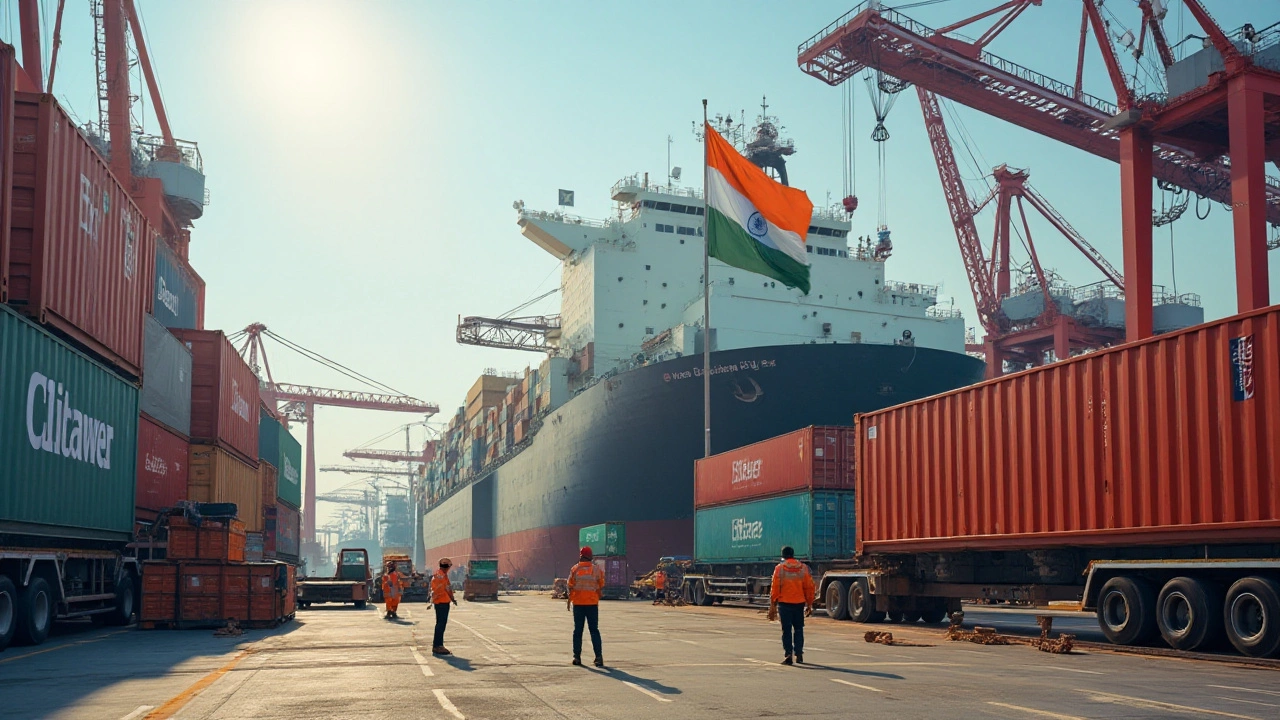International Logistics: Why It Matters for Every Business
When you order a product from abroad or ship goods to another continent, the whole process is called international logistics. It’s the network of transport, documentation, and customs work that moves items across borders. Without it, factories would sit idle, retailers would run out of stock, and customers would face long delays.
Core Pieces of International Logistics
The system breaks down into a few clear steps. First, freight forwarding picks the right carrier—sea, air, rail, or road—based on cost and speed. Next, packaging and labeling follow strict international standards to avoid damage and confusion. Then, customs clearance handles duties, taxes, and paperwork so the cargo can cross borders legally. Finally, last‑mile delivery gets the shipment to the door.
Each step needs coordination. A missed document can hold a container at a port for days, while a poorly packed crate might get damaged in transit. That’s why many businesses rely on experienced logistics partners who have the technology and relationships to keep things moving.
Challenges and How to Overcome Them
Regulations change often, especially with new environmental rules and trade agreements. Staying up‑to‑date means monitoring official sources and working with customs brokers who know local nuances. Another hurdle is cost volatility; fuel prices or shipping container shortages can spike rates. To cushion the impact, companies use freight contracts, consolidate shipments, or shift some cargo to cheaper modes when timelines allow.
Risk management is also crucial. Natural disasters, port strikes, or geopolitical tensions can disrupt routes. Building a flexible network—having alternate ports, multiple carriers, and real‑time tracking—helps reroute goods quickly. Insurance covers unexpected loss, but prevention saves money and keeps customers happy.
Technology plays a big role, too. Cloud‑based platforms give a single view of inventory, shipment status, and documents. Automated alerts tell you when a shipment is delayed, letting you inform buyers before they start asking. Data analytics reveal patterns, so you can choose the most reliable lanes and negotiate better rates.
For Indian manufacturers, international logistics is a growth engine. Export‑oriented firms tap into global demand, while importers bring in raw materials and advanced machinery. Streamlined logistics reduces lead times, making Indian products more competitive abroad. It also opens up niche markets, like specialty chemicals or high‑tech components, where speed and reliability are non‑negotiable.
Practical tips to improve your logistics game:
- Partner with a freight forwarder who offers end‑to‑end visibility.
- Standardize packaging to meet Common Global Standards (CGS).
- Invest in a transport management system (TMS) for real‑time tracking.
- Audit your customs documents quarterly to avoid penalties.
- Build contingency plans for at least two alternative routes.
By treating international logistics as a strategic asset rather than a cost center, you can cut expenses, speed up delivery, and boost customer trust. The sooner you optimize each link in the chain, the stronger your position in the global market.

Shipping Electronics from India to the USA: A Comprehensive Guide
Shipping electronics from India to the USA involves numerous factors that one should consider. From understanding the customs duties and regulations to ensuring proper packaging and logistics, it is essential to know the intricacies involved. This guide provides insights on navigating through the process smoothly, including tips on partnering with reliable shipping companies and understanding the legal requirements. Knowing these key elements can help facilitate a successful export experience.
